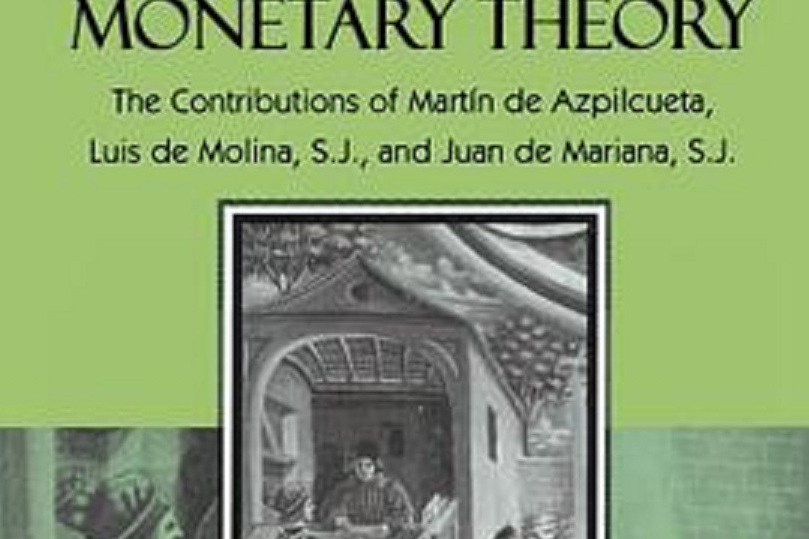《Sourcebook in Late-scholastic Monetary Theory》是2007年11月16日Lexington Books出版的圖書,由Grabill, Stephen J.編寫。
基本介紹
- 外文名:Sourcebook in Late-scholastic Monetary Theory
- 作者:Grabill, Stephen J.
- 出版時間:2007年11月16日
- ISBN:9780739117507
內容簡介
The Sourcebook in Late-Scholastic Monetary Theory is a thematically unified collection of seminal texts in the history of economics on the topic of money and exchange relations (cambium)_its nature, purpose, value, and relationship to justice and morality in financial transactions_within the tradition of late-scholastic commercial ethics. Cambium embraces the development of banking practices and institutions in early modern Europe and, therefore, is much broader in scope than the simple practice of exchanging currency. Here, for the first time, the unabridged texts of Mart'n de Azpilcueta's Commentary on the Resolution of Money (1556), Luis de Molina's A Treatise on Money (1597), and Juan de Mariana's Treatise on the Alteration of Money (1609) are available in English translation with scholarly annotations. The publication of these foundational texts under a single cover will stimulate exploration of the continuities and discontinuities, agreements and disagreements, innovations and ruptures within the Salamancan tradition of commercial ethics during the latter half of the sixteenth and the early seventeenth century. A close reading shows that the Salamancans were involved not only in an internal conversation within Spain concerning inflation, usury, rates of currency exchange, currency debasement, subjective value, just prices, and so on, but also that they were critical intermediaries in a wider conversation spanning centuries that includes prominent canonists, jurists, philosophers, and theologians. The Salamancans also serve as conduits of scholastic economic reflection to Adam Smith and the political economists of the seventeenth and eighteenth centuries. The texts (in conjunction with the introductions by leading authorities) demonstrate the sophistication with which the Spanish doctors examined the new process of using bills of exchange (cambium per litteras) to replace the cumbersome and dangerous transportation of metallic coins between commercial fairs, which led not only to new scholastic insights on interest, credit, and international trade, but also to a much more comprehensive analysis of monetary exchange and banking practices than had been undertaken before.

